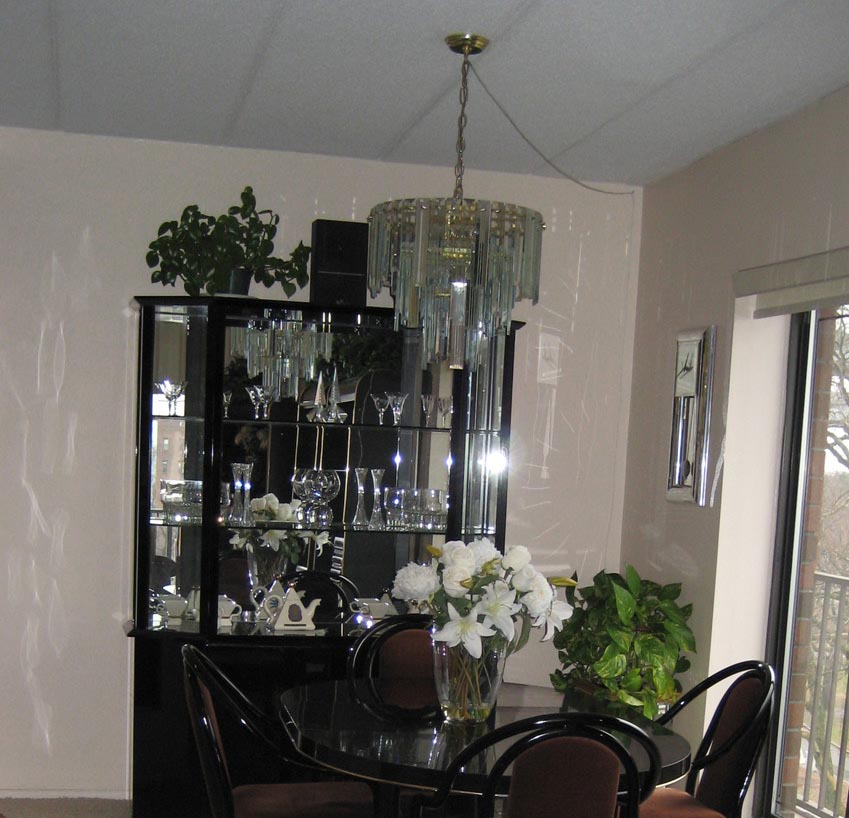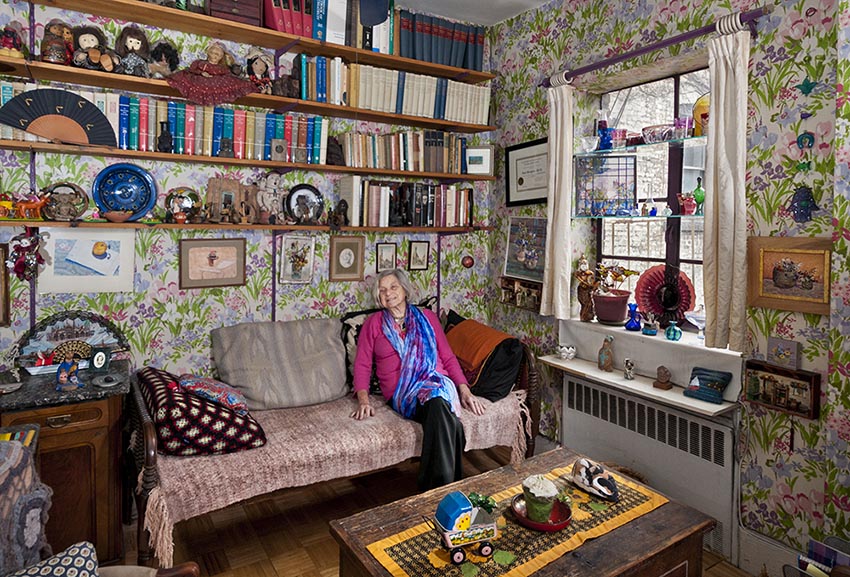Therapists' Spaces

I'm a therapist with a Masters in Psychology who decided years ago to work as a Psychic instead - though always combining the two fields. Six stories up, my work area features a view that combines the 4 elements creating an atmosphere that most clients comment on as peaceful and inviting. It's a wonderful way to spend an hour and glimpse into your life in this reality and beyond. Clients sit on the chair in front of the breakfront thus giving them a view of the Atlantic Ocean, the Verrazano Bridge, the park (nature), and more. I couldn't imagine working anywhere else. Everything is light and open and attracts the endless spirits that visit during a session. It is indeed fun time in Brooklyn and always recorded as all sessions should be - as spirits make sounds that recorders pick up - from music to laughter to whatever clients hear as they listen back to the session. Clutter and dark space don't work. My skylights do.

Photos: An Intimate Peek Into The Offices Of New York's Many Therapists Huffington Post - October 19, 2014
It didn't take long before psychiatrist Sebastian Zimmerman noticed a paradox within his particular profession. Although he worked with a wide variety of people, in theory, so much of his day was spent in isolation, holed up in his own office away from the world. This strange realization came to be the motivation behind Zimmerman's interest in photography, a vehicle through which he could access the spaces outside of the therapist's room.
In his series, "Fifty Shrinks," Zimmerman captures New York's therapists, ranging in age, orientation and therapeutic perspective, in their places of work. Some adorn their professional homes with artwork, books and tchotchkes, while others prefer a minimalist aesthetic. Some offices mimic a cozy home while others feel more like scientific laboratories. In total, the images give a rare comprehensive look at the world of urban therapy. One aspect of the office jumps out immediately in Zimmerman's photos. While other medical or professional rooms have a list of technological devices at the ready -- an examination table or a laptop - therapists require little more than two places on which to sit. In fact, the uncanny workplaces are often designed to mirror the psychological philosophies of their owners, as spaces of transformation somewhat in line with the ideas they communicate. To make matters even more intriguing, most therapist offices are off limits to all those excluding patients, leaving their general appearance shrouded in mystery. "These rooms are detached," Zimmerman writes in a statement, "floating vessels, places of sanctuary and protection, healing and reconciliation." "What is the therapist considering when first setting up a work place?" he asks further. "How does his or her personal preference and theoretical orientation manifest in the furnishing and decoration of this physical and psychic environment?"